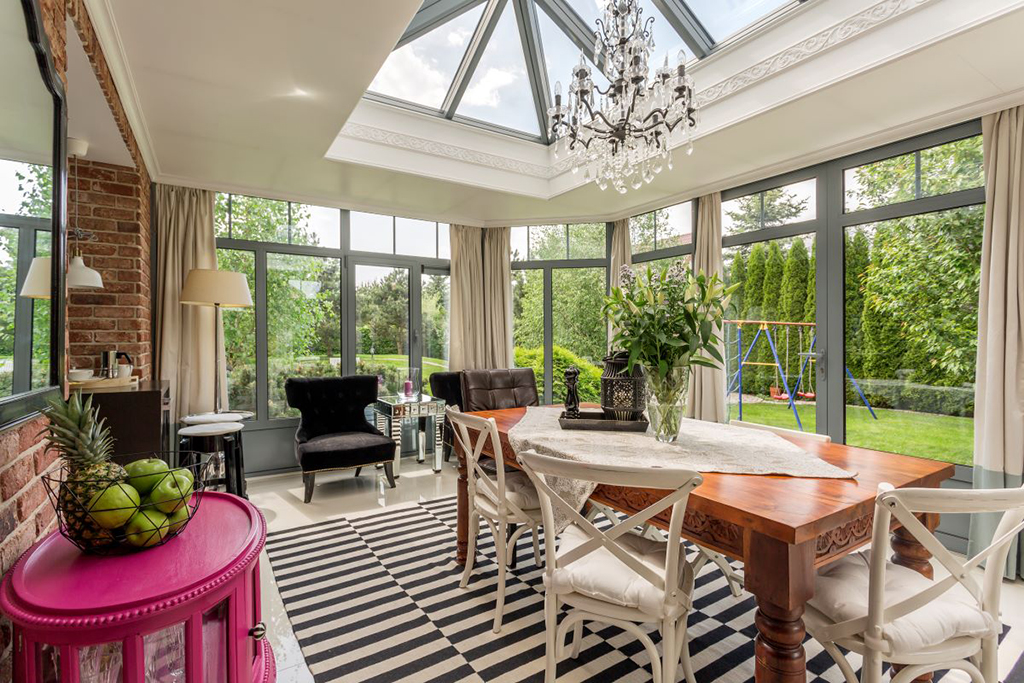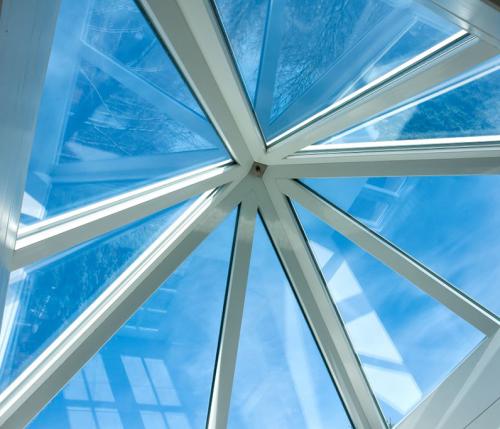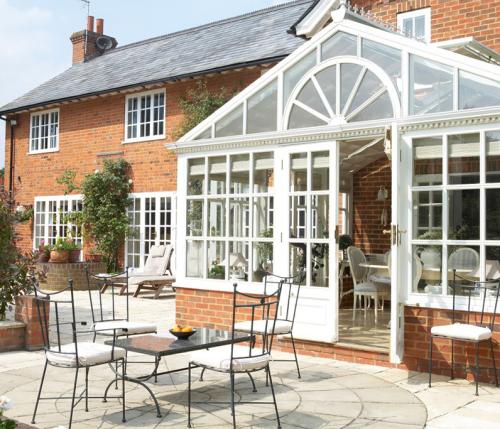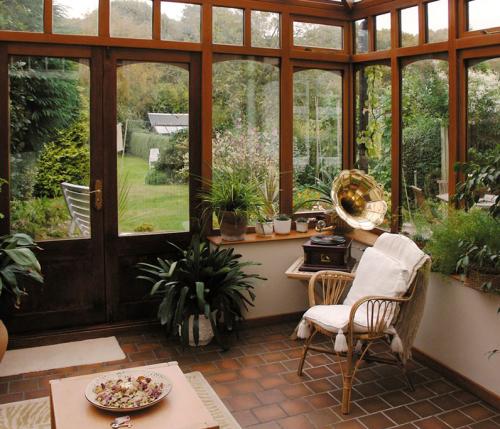Conservatories are designed to increase the living space in the home while strengthening the connection between the house and the garden. The concept is not a new thing – they’ve been around since the 1600s. But it wasn’t until the 1980s that conservatories achieved mainstream appeal. And while those early modern additions had a tendency to be saunas in the summer and ice boxes in the winter, the latest iterations have solved those problems and can be truly wonderful and year-round usable spaces.
Planning and preparation are key if you’re thinking of adding a conservatory to your home. The project may be less expensive than a full building extension but is still likely to cost upwards of £10K and could be substantially more if you’re upsizing or going for a premium spec. To ensure that you end up with a result that you will love, it’s important to consider all the key points before the start of the project.
1. Why do you need a conservatory?
We’ve already mentioned the issue of space, but what exactly will you be using that conservatory space for? Are you looking for a garden room to relax in, an extended open plan living area, a bright and airy kitchen/diner, a study or even a library? What is it that’s currently missing from your home?
Take a look at your family and make decisions based on what would most improve your lifestyle. Build a conservatory that serves a real need and you’ll be futureproofing your home, meaning you won’t need to move house any time soon.
2. What permissions do you need to build it?
Once you’ve identified the problem that your new conservatory is going to solve, it’s time to check what’s possible. The good news is that the construction of conservatories usually falls within permitted development rights, meaning that you won’t need to apply for planning permission. There are certain limitations and exceptions such as listed buildings, leasehold properties and Conservation Areas, and it’s always prudent to ask your local planning authority to confirm in writing what you need to do.
If you are extending a terraced or semi-detached house, you may need a party wall agreement from adjoining neighbours. What’s this, you ask? It’s a statutory process you need to follow under The Party Wall Act 1996, legislation that’s “designed to prevent and/or resolve disputes between neighbours in relation to alterations to a party structure, such as a shared wall or floor, the construction of new walls at the boundary, and excavations near adjoining buildings,” says an expert in the field. Finally, every conservatory must meet current Building Regulations requirements.
5 Things to Think About When Designing Your Perfect Conservatory
How to make wonderful spaces and strengthen the connection between home and garden.
3. Where will your conservatory go?
The direction your house and garden face will probably determine the position of your conservatory, and this will affect everything else. East-facing conservatories get the sun in the morning, which is perfect for kitchens and breakfast areas, while a west-facing conservatory is a lovely sunny place to relax with a glass of wine in the evening.
If the extension is going to be north-facing, it won’t get much sun and will probably feel quite cold, particularly in the winter. You’ll need extra heating and lighting to warm the space up. On the other hand, a south-facing conservatory could get very hot in the midday sun, so you’ll be wanting blinds, plenty of ventilation and perhaps even air-conditioning to adjust the temperature.
Large bifold doors are a popular option to let the outdoors in and take inside out – ideally with a patio or seating area.
4. How will your conservatory look and feel?
In addition to the conservatory’s aspect, there are space, size and style issues to consider. How will the new construction blend in with the existing house and garden? Is your outdoor space awkwardly shaped and how will you build around it? There are many different conservatory shapes and a clever design can totally transform a patio area or garden that didn’t ‘work’ before and bring the whole area together.
Style is a very personal thing. Some homeowners want their new conservatory to blend perfectly and look like it’s always been there, while others prefer to make a bold statement with the style and design. There are many materials available including traditional hardwood, modern uPVC, aluminium, brick and glass.
The material you choose for your conservatory will also depend on energy efficiency requirements and security concerns. For traditional properties, hardwood gives a natural look that will also help to retain your home’s classic character. uPVC is the most cost-effective and convenient choice of material, with next to no upkeep required. Aluminium is a sleek and contemporary solution and is extremely durable – perfect for modern homes.
Glass, polycarbonate and tiles are the main options for conservatory roofs, depending on your budget and what you wish to use the space for.
5. What’s the best way to personalise the interior?
Planning and managing the design and build are all very well, but your new home addition will only truly come together when you think about its interior layout and design. Of course, your choice of fixtures, fittings and furniture will largely be determined by how you are going to use the space. From lighting to window dressings to floor coverings and everything in between, it goes without saying that kitchens and dining rooms will require a more practical approach than relaxing chillout spaces.
Whether your style is classic or contemporary, minimalist or maximalist, make sure that your conservatory reflects your personal tastes and preferences for colours and patterns, textures and materials.
Finally, don’t forget that, above all, conservatories are light-filled spaces that are designed to bridge the divide between indoors and out. Lean into the ‘greenhouse vibe’ and use plants liberally as a design element. Tall structural plants can echo height and soften corners while using a variety of different sized plants spreads interest throughout the room.
Why not use the opportunity to grow indoor plants and perhaps feature exotic trees and flowers that would otherwise not survive in the harsh British climate. From citrus trees to orchids and trailing bougainvillaea vines, call on Mother Nature to help you create a unique atmosphere.





 Workspace Design Show: 2024 UK Edition
Workspace Design Show: 2024 UK Edition  Open-air elegance: Claudio Bellini x Higold, the symphony of outdoor design
Open-air elegance: Claudio Bellini x Higold, the symphony of outdoor design  A stylish oasis for outdoor spaces
A stylish oasis for outdoor spaces  How to capture your property's best features
How to capture your property's best features